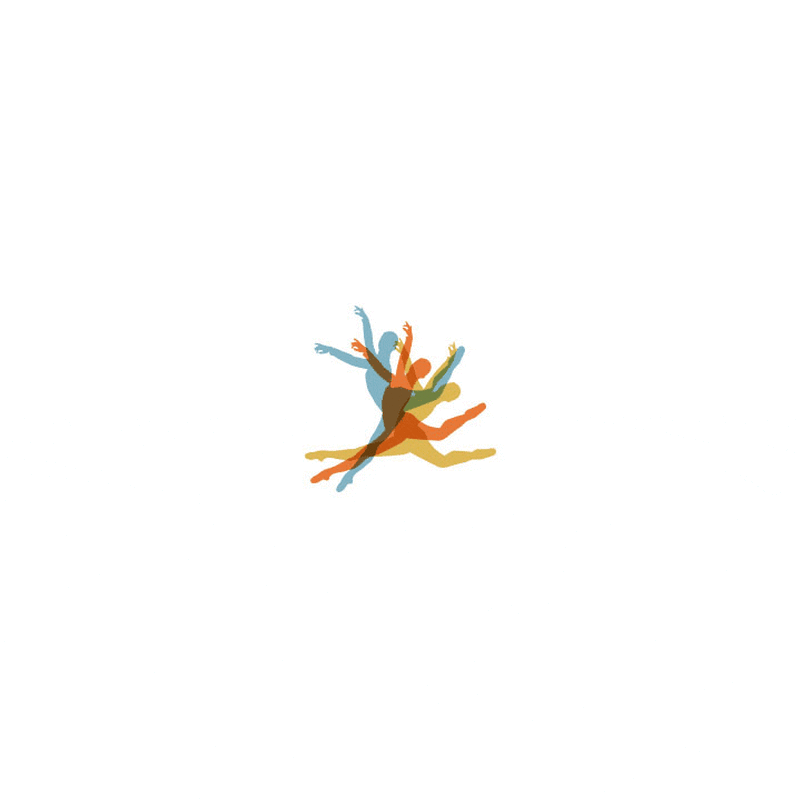Crystal Brothers shares an insider's look at pointe shoes
My pointe shoes look like shiny tubes of hard satin when I pick them up from the wardrobe department, and that's when the process begins. I have to step on them to make them mold to my foot, cut half the inside shank out and shave bits of the outside shank off so they will bend where I want them to, sew ribbons and elastics on so they'll stay on my foot, sew elastics in the ribbons so they don't cause tendonitis in my achilles, darn the tip of the toe to help keep their shape and add stability, sew in a gel heel cushion for comfort, add extra glue to the tip for longer life and finally spray paint them to match pink tights. It is a time consuming and painstaking process but is so worth it to have shoes that fit and perform well.
For example, because I dance several different roles during Nutcracker season, my pointe shoe maintenance is at an all-time high then. The pas de deaux and sustained pointe work of Sugar Plum Fairy requires hard shoes while the Arabian role requires very soft shoes that make no noise. My role this year of Dew Drop Fairy needed the perfect balance of support for turns but a slightly softer and more malleable shoe for jumps.
I've made improvements on this process every year for 30 years and still learn something new all the time. Be sure to check out all the different types of footwork in every ballet and you'll see what I mean. See you soon!
Crystal




